Does My Phone Have Night Vision

The allure of seeing in the dark has captivated humanity for centuries, fueling technological advancements from military applications to everyday security. With smartphones becoming increasingly sophisticated, a common question arises: Does my phone have night vision?
The truth is far more nuanced than a simple yes or no. While smartphones lack true night vision capabilities akin to those found in specialized devices, they employ software and hardware tricks to enhance low-light photography. This article delves into the capabilities and limitations of smartphone cameras in low-light conditions, separating fact from fiction and exploring the technologies involved.
The Reality of "Night Mode"
Most modern smartphones boast a feature commonly referred to as "Night Mode." This is not night vision in the traditional sense, which uses image intensifiers or thermal imaging to create visible images from infrared light or heat signatures.
Instead, Night Mode is a computational photography technique. It works by capturing multiple images at different exposures over a few seconds.
These images are then combined using sophisticated algorithms to reduce noise, brighten dark areas, and enhance details. This results in a brighter and clearer image than a single snapshot could achieve in the same low-light environment.
How Night Mode Works: A Deep Dive
The foundation of Night Mode lies in advanced image processing. Smartphone cameras use sensors that capture light. The size and sensitivity of these sensors directly impact the amount of light they can gather.
When Night Mode is activated, the phone's software instructs the camera to use a longer exposure time. This allows the sensor to collect more light, but also increases the risk of motion blur.
To combat this, most phones employ image stabilization techniques, both optical (OIS) and electronic (EIS). OIS physically moves the lens or sensor to compensate for hand movements, while EIS uses software to digitally stabilize the image.
The algorithms then stack and align the multiple images, identifying and reducing noise – random variations in color and brightness. Sharpening algorithms further enhance details, making the final image appear clearer.
The Limitations of Smartphone Low-Light Photography
Despite the impressive advancements in Night Mode, smartphone cameras still face significant limitations compared to dedicated night vision equipment. They are heavily reliant on existing light, however minimal.
In complete darkness, a smartphone camera will be unable to produce a usable image using Night Mode alone. This is because Night Mode amplifies the existing light, it does not create light.
Furthermore, the image quality produced by Night Mode can be affected by several factors. These include motion blur, especially if the subject is moving, and artifacts caused by over-processing.
The relatively small sensors in smartphones also limit their ability to capture detail in low light compared to larger sensors found in dedicated cameras.
The Role of Infrared and Near-Infrared
Some smartphones incorporate infrared (IR) or near-infrared (NIR) capabilities, primarily for features like facial recognition and augmented reality (AR). These features use IR emitters and sensors to map the environment or scan a user's face.
While these IR capabilities could theoretically be utilized for low-light imaging, most smartphones do not have the necessary hardware or software to translate IR signals into visible images that resemble true night vision.
However, third-party accessories, such as external IR illuminators, can be used in conjunction with a smartphone camera to enhance low-light performance, albeit with limited range and clarity.
Real Night Vision vs. Computational Photography
It’s crucial to differentiate between the computational photography employed in smartphone Night Modes and true night vision technology. Real night vision relies on either image intensification or thermal imaging.
Image intensifiers amplify ambient light using a photocathode to convert photons into electrons, which are then multiplied and converted back into photons to create a brighter image. These systems are expensive and require specialized components.
Thermal imaging, on the other hand, detects infrared radiation emitted by objects based on their temperature. This allows one to "see" heat signatures even in complete darkness, but the images produced are typically grayscale and lack the detail of visible light images.
The Future of Low-Light Smartphone Photography
The future of low-light smartphone photography is promising, with ongoing advancements in sensor technology, image processing algorithms, and AI-powered enhancements. We can expect to see smaller pixels for higher resolutions, better image signal processors, and more advanced software techniques in the coming years.
Future smartphones may incorporate more sophisticated IR sensors or even explore new imaging modalities to further improve low-light performance. Also, machine learning and artificial intelligence will play a pivotal role.
However, it is unlikely that smartphones will ever completely replicate the capabilities of dedicated night vision equipment due to fundamental limitations in size, cost, and power consumption.
Conclusion
While your phone doesn't technically have night vision in the same way as specialized devices, its Night Mode provides a significant improvement over traditional low-light photography. It is important to understand both the strengths and limitations of this technology.
Smartphone Night Modes are a testament to the power of computational photography. They offer a glimpse into the future of imaging, where software and algorithms play an increasingly crucial role in capturing the world around us, even in the darkest conditions.
For true night vision capabilities, dedicated equipment remains the only viable option. But for everyday low-light photography, the advancements in smartphone cameras are nothing short of remarkable, continuing to push the boundaries of what's possible.


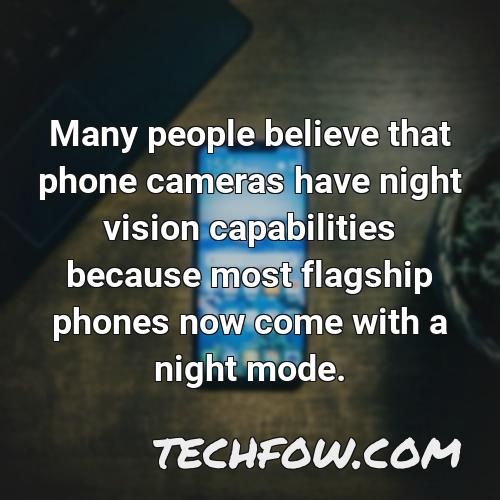

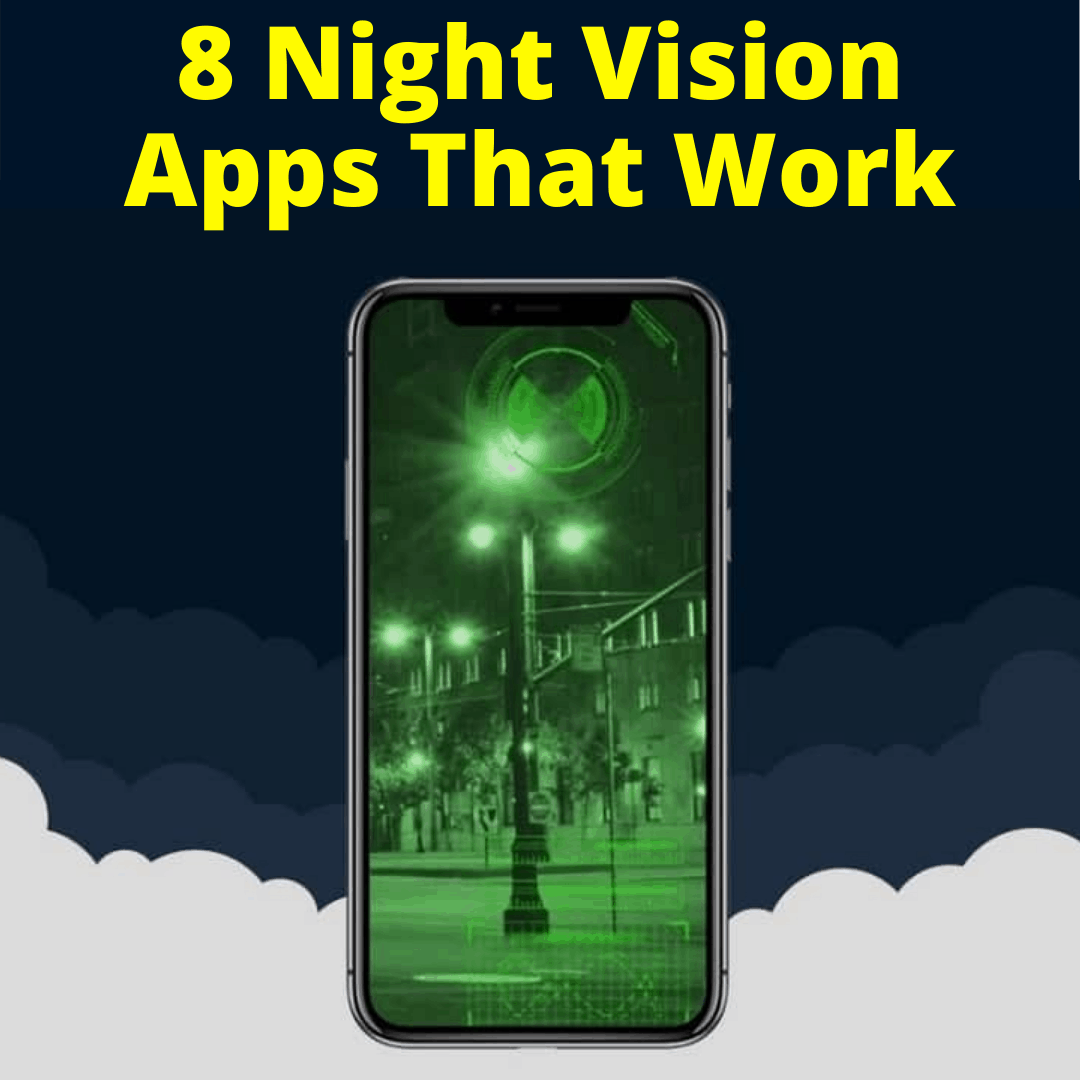
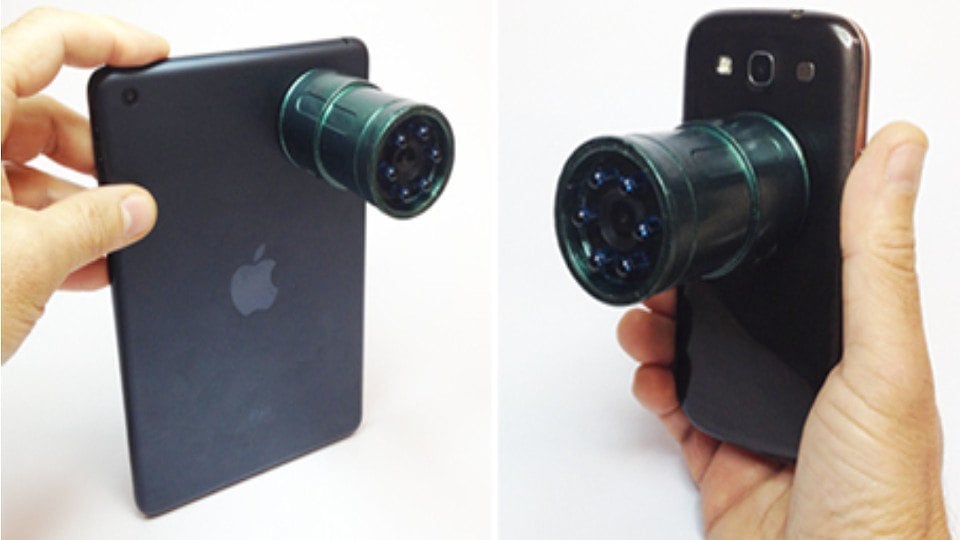

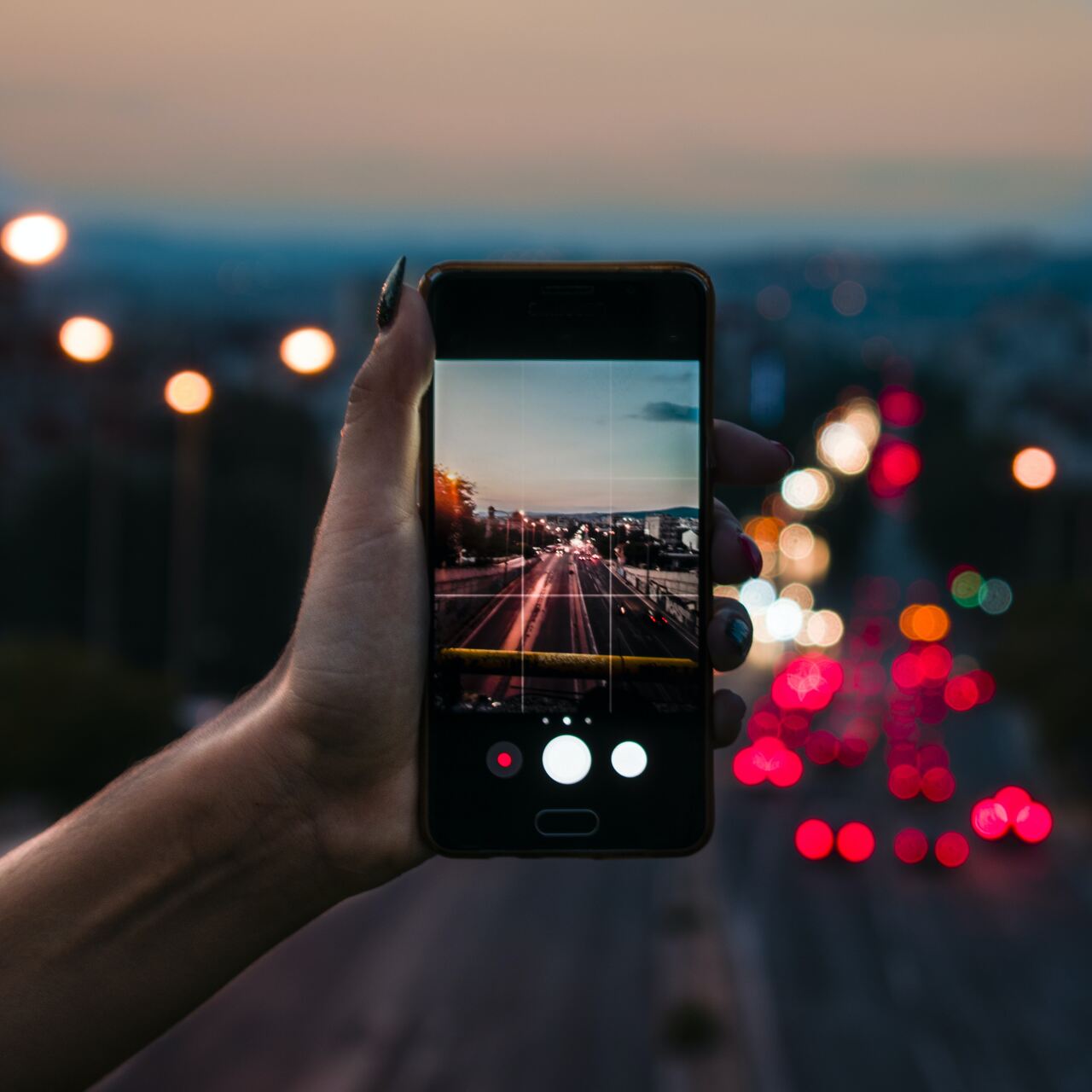




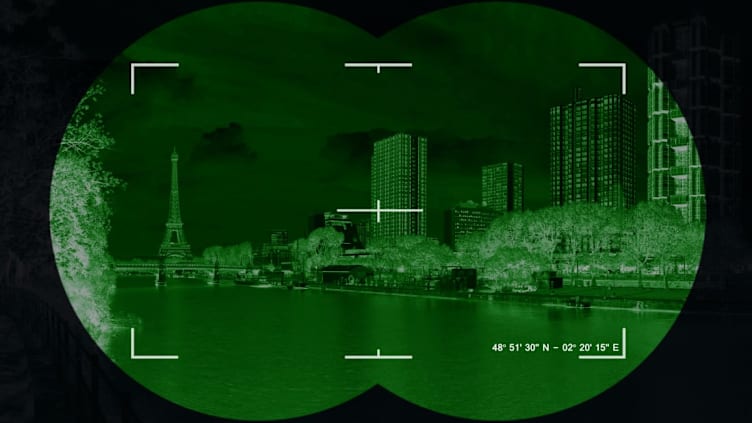

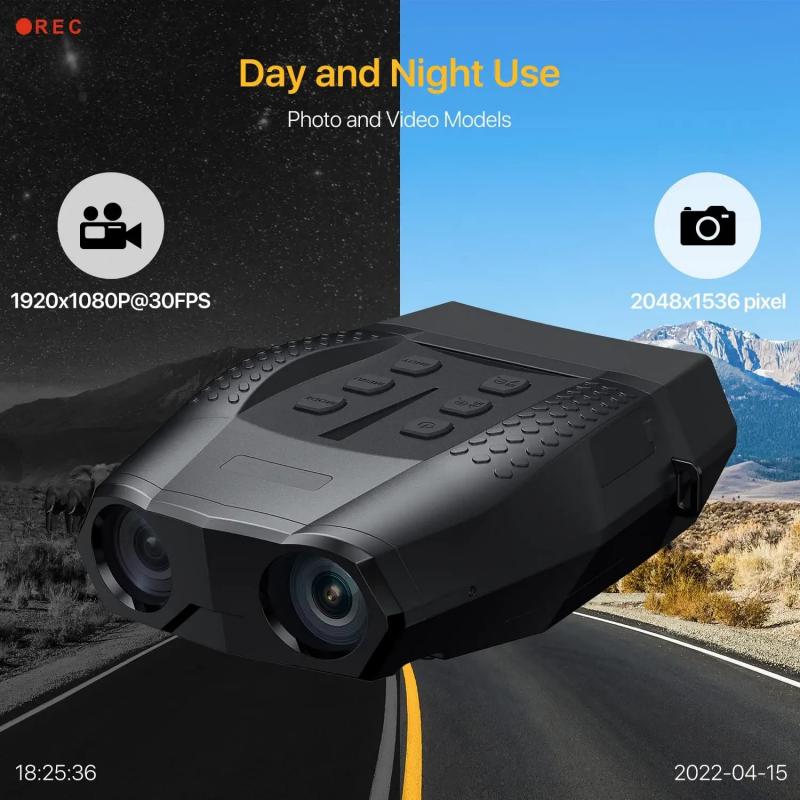


![Does My Phone Have Night Vision Why Is My Blink Camera Night Vision Not Working? [6 Ways To Fix It!]](https://homedecorbliss.com/wp-content/uploads/2024/06/Why-Is-My-Blink-Camera-Night-Vision-Not-Working-6-Ways-To-Fix-It-683x1024.png)
